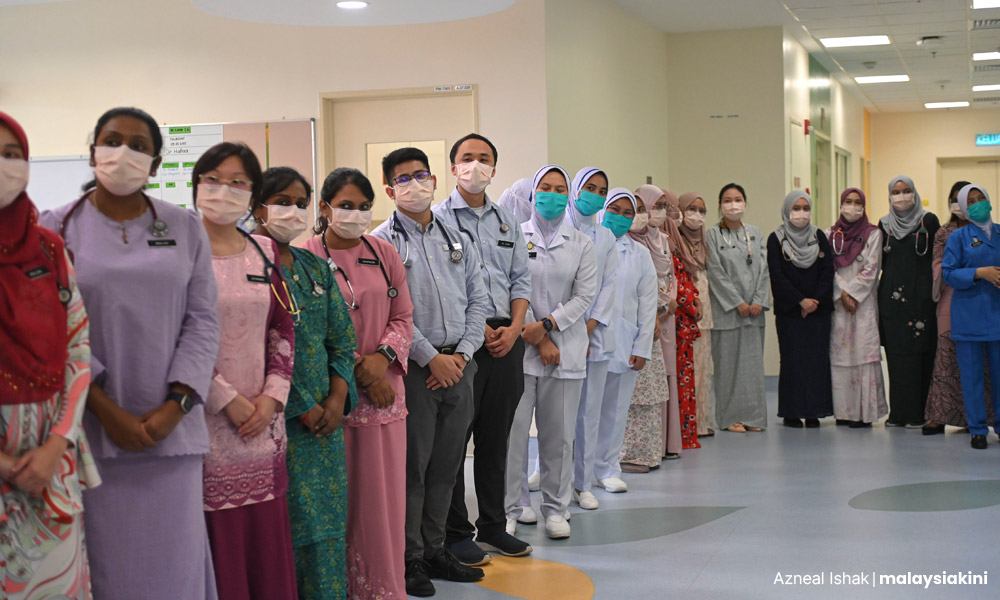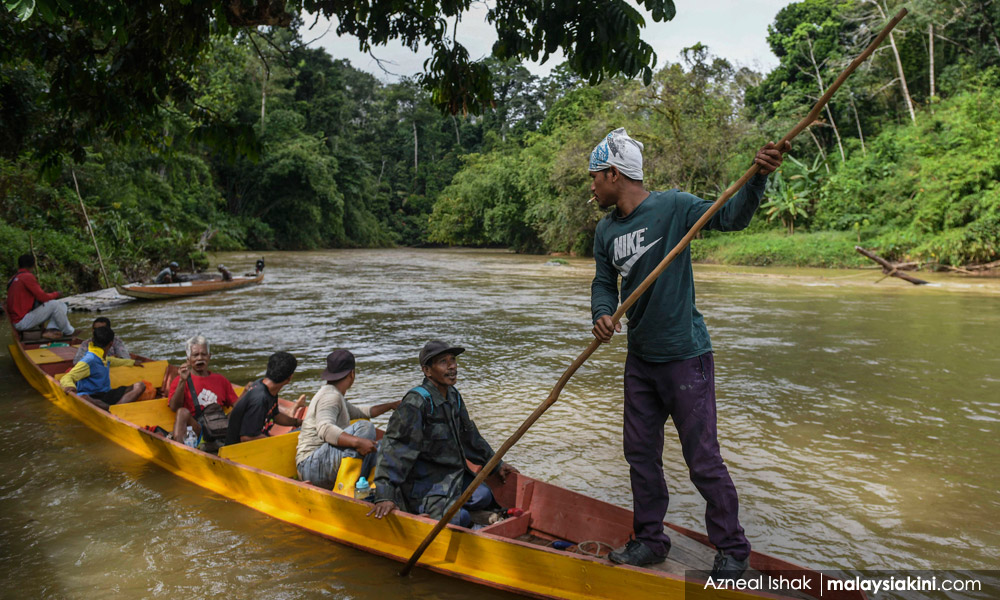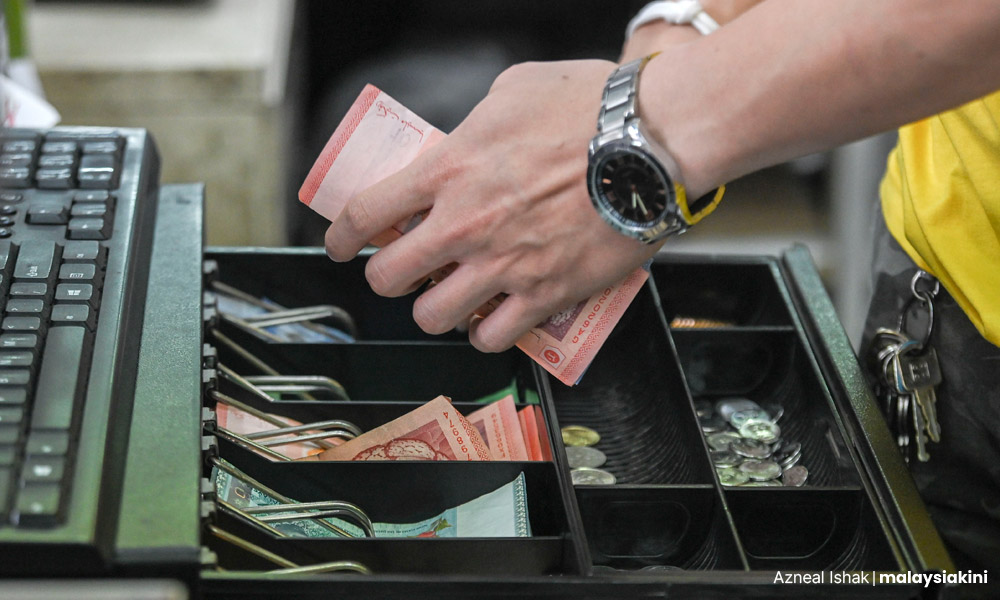It is encouraging to see Malay leaders come out to support the inclusion of non-bumiputera issues and concerns at the coming Bumiputera Economic Congress.
According to Umno secretary-general Asyraf Wajdi Dusuki, discussing the elevation of bumiputera rights does not negate non-bumiputera rights with the government’s objective to focus on effectively strategising to empower its agenda for the majority of the population thus “elevating its dignity”.
As many participants will not have been born in 1970, revisiting the New Economic Policy (NEP) objectives that inspired the bumiputera and non-bumiputera policy construct can better assess the progress made on these two fronts.
It can also provide ideas on what next the nation’s politicians and policymakers should focus on to elevate the “dignity” and well-being of all Malaysians.
Four key targets were set for the country under the Outline Perspective Plan 1. These targets with the bumiputera share in 1970 were:
Incidence of poverty - 65 percent
Ownership of equity (corporate) - 2.4 percent
Bumiputera employment by sector
Primary - 66.2 percent
Secondary - 12.1 percent
Tertiary - 21.7 percentBumiputera employment by occupation membership of registered professionals - 29 percent
Since then, government officials and independent researchers - bumiputera and other Malaysians - have agreed that the racial restructuring targets for the different sectors have been achieved.
There is no dispute that the NEP has helped the Malay component of the bumiputera community attain the racial restructuring targets set in 1970.
In fact, Malays have overachieved in some key sectors such as those in which the GLCs dominate.
Receiving less attention but an even more coveted political and policy target has been to increase the Malay - though not the bumiputera - share of high-paying professional, technical, administrative, and managerial positions.
Some of the most important policy initiatives and taxpayers’ monies have gone to support the increase in the Malay share of desirable professions - architects, accountants, doctors, dentists, lawyers, surveyors, veterinary surgeons, and engineers. This part of the NEP had great success.

In 1970, the bumiputera share of these professions stood at 4.9 percent. In contrast, the Chinese share was 61 percent, Indian 23.3 percent, and others 10.8 percent.
By 1990 at the end of the NEP, the bumiputera share had increased to 29 percent. The Chinese share was 55.9 percent, Indian share 13.2 percent, and others 1.9 percent.
Today, according to the latest official statistics, the bumiputera number is 238,853 of the 576,412 members of registered professions (see Statistics Department, Bumiputera Statistics 2023; released on Dec 19, 2023).
The Malay share of bumiputera professionals is likely to be as high as 90 percent or more.
Learning from the past
Looking at past records, the bumiputera construct with its emphasis on Malay professional manpower, higher education graduates, and the growth of the Malay middle and upper class spurred by employment in both public and private sectors has been the driving force for the Malay community’s development.
It is a development quite unprecedented in its speed and intensity amongst racially favoured communities in the world.
Whether the abilities and resources of this newly arrived significant component of society and economy can be used for the larger national interest without favouring it with preferential policies should be a key subject in the congress discussion.
An equally important subject is that related to other indigenous communities - that is the non-Malay component of the bumiputera grouping. Can non-Malay indigenous natives benefit from the racial restructuring of society and economy?

Some leaders from the Orang Asli community in the peninsula and Orang Asal from Sabah and Sarawak - despite having personally benefited - have been critical of the implementation of pro-bumiputera policies.
They argue that the inclusion of their communities in the bumiputera construct has been for window dressing.
There is increasing resentment that their marginalised communities have been excluded from the perks and assistance that Malays in the peninsula have benefited from.
Do they have a case and if yes, what can be done to ensure resilient, sustainable, and less expensive outcomes?
To facilitate this discussion, it will be necessary to separate the current statistical database and policy assessments into the three, for now, absent categories of bumiputera Malay, bumiputera Orang Asal Sabah and bumiputera Orang Asal Sarawak.
This refined classification is the missing component that participants in the congress who are concerned about fair play and social justice will need to make their case.
Trusteeship capturing spoils of bumiputeraism
Last but not least in importance in the forthcoming congress discussion is the fact that the abuse of bumiputera privilege began as soon as the policy came into effect. This should be no surprise.
Self-enriching, opportunistic, exploitative, and abusive outcomes are inevitable any time a queue is established and the rules of the game are skewed by the queue authorities.
Greater irregularities and unscrupulous practices can be expected when two or more queues of privilege and entitlement are established.
Unsurprisingly too, the rewards in a privileged queue will increase in geometric progression for those willing to cut corners, jump the queue, engage in unscrupulous practice including bribery, corruption, and dishonest dealings; or even simply through using status, know-who or how-ism and other less dodgy but still justified as in line and acceptable strategies of position advancement and wealth acquisition.

Scholar Ozay Mehmet in a landmark book published in 1986 and subsequently republished in 2011 as “Development in Malaysia: Poverty, Wealth and Trusteeship”, identified the following groups as key beneficiaries of the NEP and bumiputera trusteeship through collusion, transaction costs and other non-competitive forms:
Political
Bureaucratic
Military
Religious
Mehmet’s conclusion: The system’s very dynamics and structure promote a non-competitive system in which the greatest benefits accrue to those with power to exercise collusion, influence peddling, and rent-seeking.
These groups and their dominance of the system through legal and less legal means are still actively at work. Hence the hundreds of billions of ringgit, possibly trillions, extracted or hijacked from our Treasury.
Mehmet’s findings related to the workings of the political economy. But it can be seen to apply to other sectors of the society any time a queue is set up, and where elite or other group capture is likely with the connivance of the trustees and gatekeepers.
The recent controversy in the Malay community on the privileged access of the children of well-to-do parents to highly sought-after places in Mara junior colleges at the expense of children from poorer families further puts the spotlight on the need to reform the trusteeship system.

Can the congress help ensure that those in greatest need, the most deserving, the most competent, and the most accomplished are recipients of whatever is to be funded by the government in the socio-economy - whether this is in poverty alleviation, educational scholarship, university places, civil service positions, etc?
And can this be applicable to Malays and non-Malays, bumiputera and non-bumiputera through open, fully transparent and accountable systems and coalitions tied up with trusteeship of the NEP and other programmes? - Mkini
LIM TECK GHEE is a former senior official with the United Nations and World Bank.
The views expressed here are those of the author/contributor and do not necessarily represent the views of MMKtT.

No comments:
Post a Comment
Note: Only a member of this blog may post a comment.